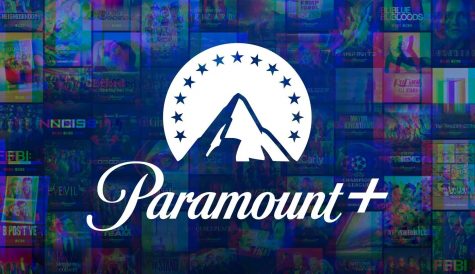
After more than 40 years of operation, DTVE is closing its doors and our website will no longer be updated daily. Thank you for all of your support.
BuzzFeed launches video app
 BuzzFeed has launched a video app that works across platforms.
BuzzFeed has launched a video app that works across platforms.
Announcing the launch at Mobile World Congress today, BuzzFeed founder and CEO Jonah Peretti said that mobile video has been behind much of the growth seen by BuzzFeed across multiple platforms.
“I think we’re going to see a lot more binge watching of our shows with this,” said Peretti, adding that social, mobile and video had converged to create an extremely powerful distribution platform for content.
“Content is increasingly becoming one of the major areas of competition in the mobile space,” he said.
People will be able to subscribe to the video app to get notifications of upcoming videos on the BuzzFeed network, according to Peretti, who said content worked differently on mobile.
“We have a lot of talented people who make things and publish it either to the mobile web, to our apps or to other apps. We get data and learning back and that helps us make our content better,” he said. “We know more about our audience and these loops are the key to that.”
He said that BuzzFeed had previously taken a decision to push its content out to multiple apps including Facebook. He cited the example of a video featuring US president Barack Obama that the company had launched on Facebook Video about the deadline for signing up for health insurance under the US government’s new healthcare programme.
“We could take parts of that ‘Thanks Obama’ video and push it out to other platforms like Instagram”, he said, giving it greater reach to about 40 million people.
“We are creating franchises at BuzzFeed that can work globally and across platforms,” said Peretti. Different versions of content can be made for different platforms, including ultra short-form versions of content for platforms like Vine and Twitter, he said.
“It would not have been possible to reach this many people [so quickly] in the desktop era,” he said. “Most of these platforms are predominantly mobile.”


